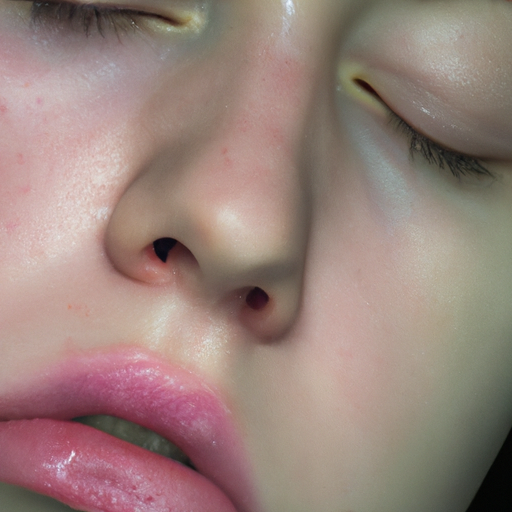As a dermatologist, I have witnessed firsthand the transformative power of proper skin care. One of the most effective and often overlooked aspects of a comprehensive skin care routine is exfoliation. Unveiling radiance, boosting collagen production, and promoting a youthful glow, exfoliation is a crucial step towards achieving healthy, vibrant skin. This article will serve as your ultimate guide to understanding and implementing skin exfoliation.
Exfoliation is the process of removing dead skin cells from the surface of your skin using a chemical, granular substance, or exfoliation tool. Your skin naturally sheds dead skin cells every 30 days or so. However, sometimes, these cells don’t shed completely, resulting in dry, flaky patches and clogged pores. Exfoliation can help prevent this.
There are two main types of exfoliation: physical and chemical. Physical exfoliants use small grains or a brush to physically remove dead skin cells. Chemical exfoliants use acids and enzymes to dissolve them. Both methods can be effective, but it’s important to choose the right one for your skin type.
Physical exfoliants are best for oily or thicker skin as they can help remove any flakiness or rough texture. However, they should be used gently to avoid causing any damage or irritation. Chemical exfoliants are suitable for all skin types and are particularly beneficial for those with sensitive or acne-prone skin as they are less likely to cause irritation.
The frequency of exfoliation depends on your skin type and the method of exfoliation. Generally, it’s safe to exfoliate 2-3 times per week for normal and combination skin, and 1-2 times per week for sensitive skin. Over-exfoliation can strip the skin of its natural oils, leading to breakouts and irritation.
Post-exfoliation, your skin is particularly receptive to absorbing the nutrients in your skincare products, making them more effective. It also stimulates blood flow, which can help to produce new skin cells, promoting a youthful and radiant complexion.
However, it’s crucial to remember that exfoliation is not a one-size-fits-all solution. What works for one person may not work for another. It’s important to listen to your skin and adjust your routine accordingly. If you notice any redness, sensitivity, or excessive dryness after exfoliating, it may be a sign that you’re overdoing it or that the method you’re using is too harsh for your skin type.
Moreover, always remember to apply sunscreen after exfoliating, as the process can make your skin more susceptible to sun damage. Choose a broad-spectrum sunscreen with an SPF of at least 30 and reapply every two hours when exposed to the sun.
In conclusion, exfoliation is a powerful tool in your skincare arsenal. When done correctly, it can reveal a brighter, smoother, and more radiant complexion. However, it’s important to choose the right method for your skin type and to avoid over-exfoliating. As always, consult with a dermatologist if you have any concerns or questions about incorporating exfoliation into your skincare routine. Unveil your radiance and let your skin glow with health and vitality.



